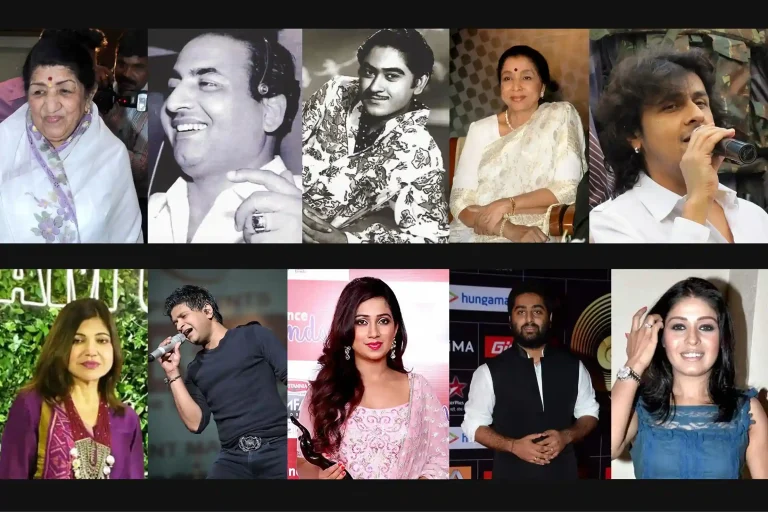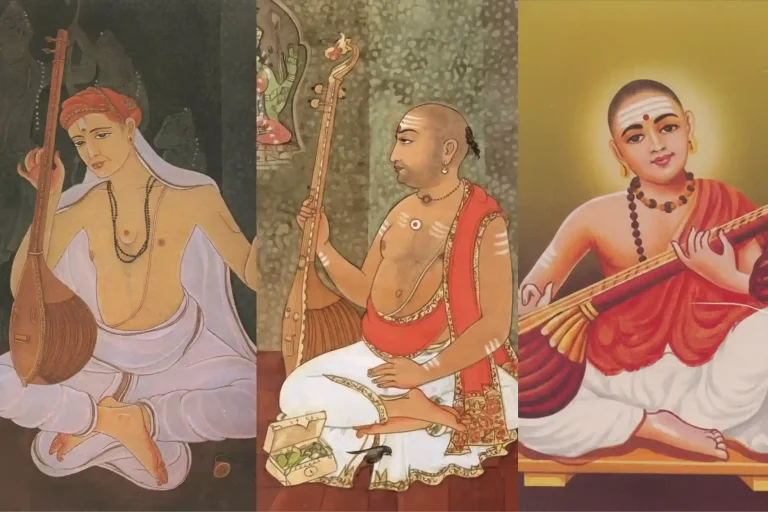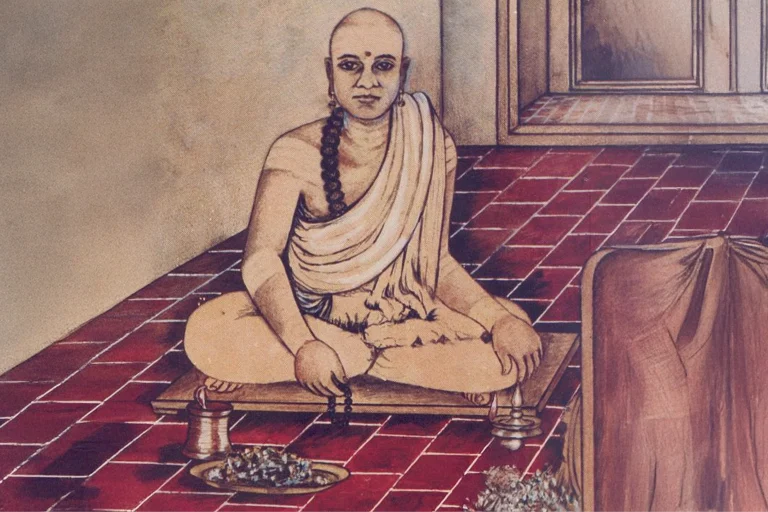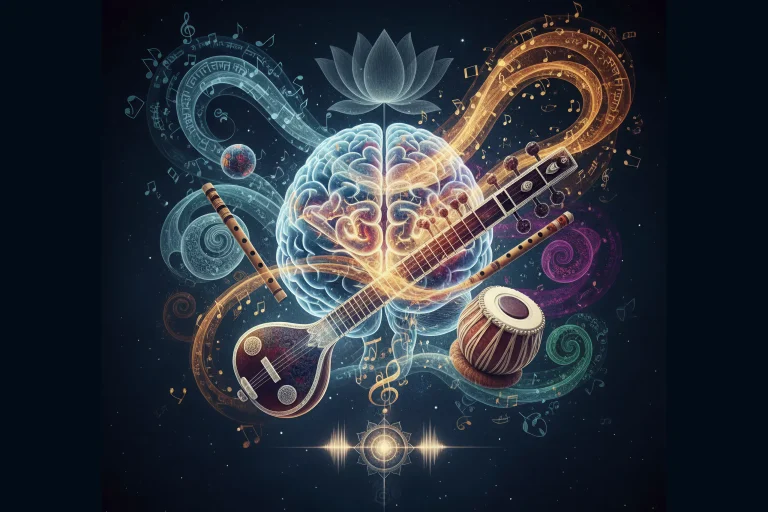All Topics
- Alchemizing Music Concepts for Students
- Artist Spotlight
- artium gift card
- Artium Maestros
- Artium News
- buying guide
- Carnatic Music
- Devotional Music
- Editorials by Ananth Vaidyanathan
- Film Music
- Guitar
- Hindustani Classical Music
- Indian Classical Music
- Indian Folk Music
- Insights
- Instruments
- Karaoke Singing
- Keyboard
- Kids Music
- maestros
- Music Education
- Music for Kids
- Music Industry
- Music Instruments
- Music Legends
- Music Theory
- Music Therapy
- Piano
- piano guide
- Success Stories
- Tamil Film Music
- Telugu Film Music
- Time Theory
- Tools
- Uncategorized
- Vocal Singing
- Vocals
- western classical music
- western music
- Western vocal music
Raag in Music as a Reel: Can Classical Music Survive the Swipe Culture?
Raag in Music as a Reel: Can Classical Music Survive the Swipe Culture?
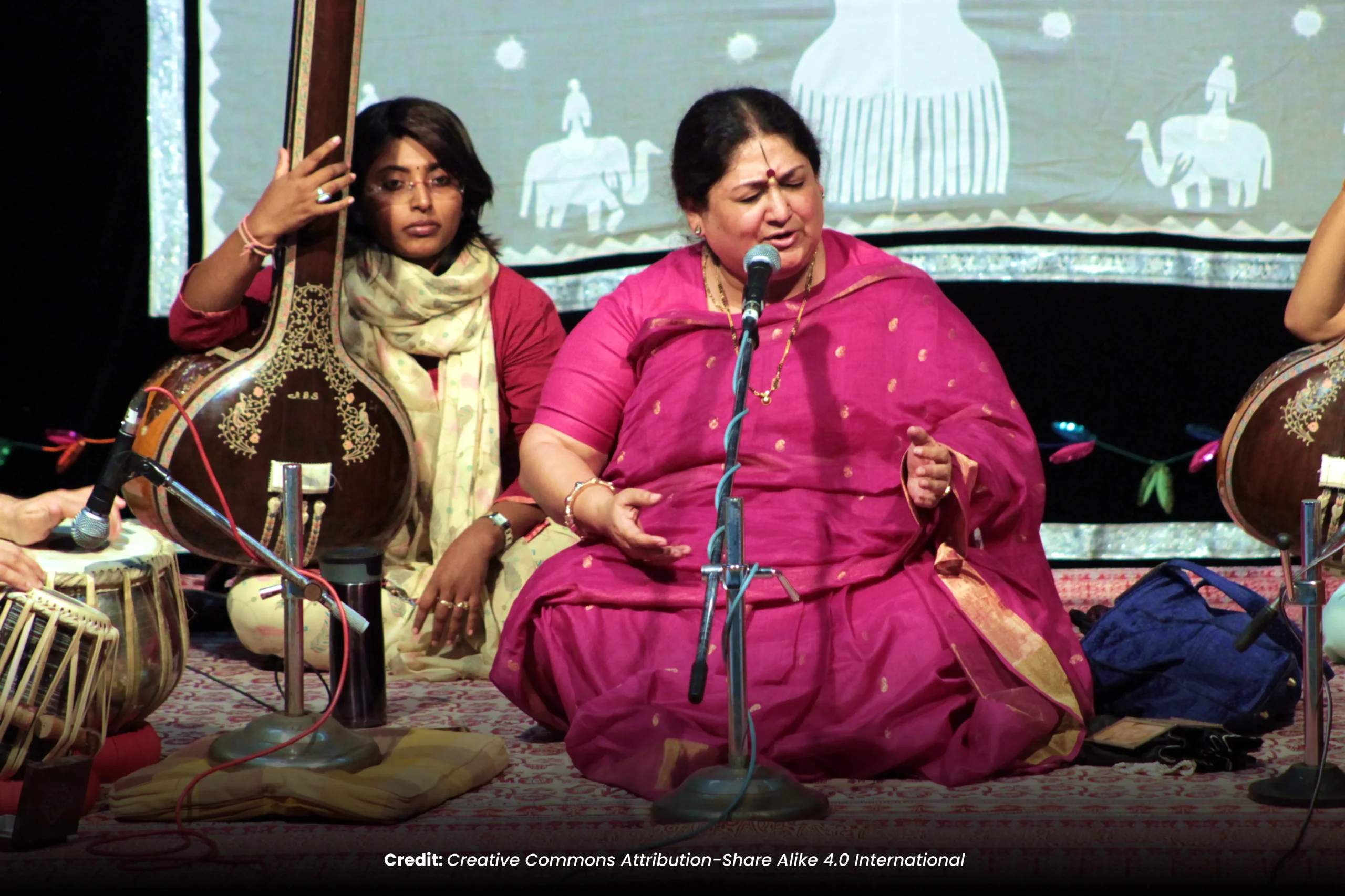
Table of Contents
Swipe up. Scroll down. Double tap. Repeat.
That’s the rhythm of modern life. A rhythm that moves not to the beat of a tabla or the cadence of a raag in music but to the pulse of pixels — likes, shares, and notifications. In this never-ending scroll of visuals and sounds, we are constantly pulled from one moment to another, one mood to the next, without pause or presence.
And then… something unexpected happens.
Somewhere between a trending lip-sync and a dog doing something adorably human, a short 20-second clip of a raag alaap appears.
You take a pause.
Not because you were looking for it. Not because it’s flashy or fast. But because something about that voice — that one note — holds you still. For a fleeting second, time slows down. A single note stretches into silence. A feeling you can’t name begins to rise. You’re not sure if it’s nostalgia, curiosity, or just a strange sense of calm.
And then — ding! — Your phone vibrates, a new notification pops up, and just like that… you’re back to scrolling.
Welcome to the new reality of Hindustani classical music — an ancient, meditative, and deeply spiritual art form now trying to hold its ground in the noisiest corner of the digital universe.
The Beauty of the New
To be fair, it’s not all bad. In fact, there’s something almost miraculous about what’s happening. A 15-second taan in Raag Yaman, a snippet of a soulful bandish in Bhairavi, a tabla solo in teen taal — these short clips are reaching people across the world, many of whom have never sat through a live classical concert or heard the word “alaap” before.
Young musicians are embracing this wave — creatively, confidently. They’re curating 30-second masterpieces, packaging centuries-old wisdom into bite-sized capsules that fit the pace of today’s world. Listeners are getting curious. Comments under these videos often read: “Which raag is this?”, “Why does this sound so peaceful?”, or simply, “I don’t know what this is… but I love it.”
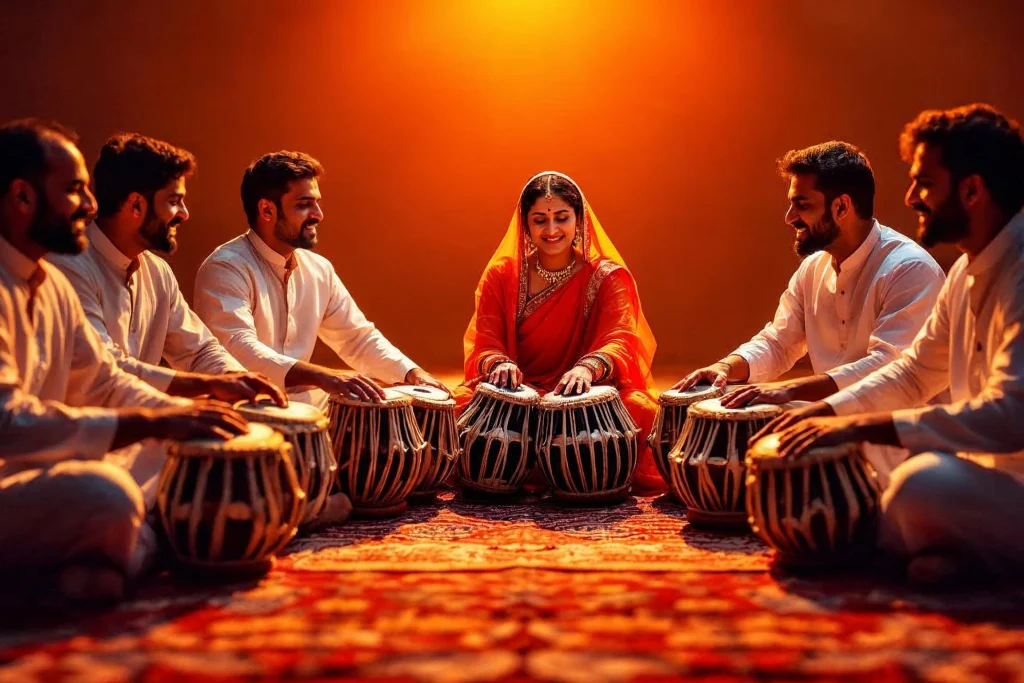
That’s the beauty.
That’s the door classical music has always needed — accessibility. And the reel culture, for all its flaws, is providing that access. It’s not just about going viral. It’s about going visible.
But There’s Something Fragile Here…
And yet, as with anything sacred, there is a cost.
Raag is not a jingle. It is not just melody — it’s emotion, grammar, and time woven into one. Every raag in music has its architecture, its own ethics, its own emotion. It isn’t meant to be consumed in a flash. It’s meant to be lived, experienced, unfolded — slowly, deliberately, over minutes, sometimes even hours.
In trying to squeeze it into a reel, we risk flattening its depth. We risk turning it into a mere trend — a backdrop for captions, a sonic aesthetic for engagement. And the danger isn’t in experimentation. It lies in losing the essence.
When a carefully crafted alaap is clipped to 15 seconds without context, it may sound ‘beautiful’ — but does it still carry its rasa? Does it still hold its silence?
Tala and Time Are Not Filters

Hindustani music is not just about notes. It is about timing, tension, and release. The stretch of a meend, the pause before the sam, the crescendo of a taan — all of these moments rely on time as a canvas, not as a constraint.
In the digital world, time is currency. But in classical music, time is surrendered. That’s the fundamental conflict.
A raag like Marwa doesn’t hit you in the first 5 seconds. It unsettles you, warms you, and eventually takes you into its melancholy. Raag Darbari doesn’t show off. It arrives like dusk — slowly, gently, quietly. It cannot be rushed.
So, when we try to compress these experiences into formats that reward speed over stillness, we miss the point.
Still, All is Not Lost
But here’s where hope lives — not in resisting the format, but in reframing the purpose.
Maybe the goal isn’t to fit classical music into reels, but to use reels as doorways. To spark curiosity, not replace immersion. A 30-second clip, when shared thoughtfully, can be an invitation. When the artist adds a caption that explains the raag, a brief context, a story behind the composition — it creates a bridge.
And from that bridge, someone might walk toward a full-length recital, a baithak, a masterclass, or even their own journey of learning.
It’s not about diluting tradition. It’s about welcoming listeners at the shoreline, instead of expecting them to dive straight into the ocean.
What Can Artists Do?

As artists, we don’t have to choose between purity and popularity. We can honor both. A short reel can be a creative expression — as long as it carries integrity.
- Share not just sound, but story.
- Tag the raag. Mention the taal. Talk about the moment.
- Invite the listener in — don’t just entertain, educate gently.
Use the swipe culture, but don’t let it erase the stillness that classical music was born to create.
What Can Listeners Do?
As listeners, we can learn to pause with intention. If a raag stirs something in you, don’t scroll away immediately. Ask what it was. Listen again. Look it up. Save it. Share it. Find the full version. Maybe listen with your eyes closed. Even five minutes of attentive listening is a gift to yourself — and to the music.
Because that’s the magic of Hindustani classical music:
It never demands your attention forcefully.
It simply asks: “Will you stay with me… just a little longer?”
The Digital Sabhas of Tomorrow
This may be what the new digital sabha looks like. Not a hall with tanpuras and chandeliers, but a screen, a pair of headphones, and a listener pausing in the middle of their day to breathe with a note.
Maybe, in this age of distraction, the artist who dares to sing a single note with honesty will be the one who truly reaches people.
And maybe, just maybe, amidst the chaos of algorithms and reels, someone — somewhere—will pause…Just for a note.
Just for a breath.
And that one note… will open a door.
FAQs on Raag in Music as a Reel
Yes — because even in a world of endless scrolling, the soul still seeks depth. Hindustani classical music endures by offering silence, stillness, and timeless connection.
Young classical musicians are creatively adapting by sharing short clips of raags, taans, and rhythms — using reels and shorts as a doorway to spark curiosity. With context-rich captions, behind-the-scenes glimpses, and links to full performances, they’re blending tradition with trend to connect deeper with a wider audience.
Yes, classical music thrives in depth and duration — but a 15-second clip can still offer a glimpse of its magic. When crafted with care, even a short alaap or taan can stir curiosity, plant a seed, and invite the listener to explore the full raga experience beyond the scroll.
Reels should be treated as invitations, not just performances. Artists must focus on authenticity, choose moments that retain the raga’s essence, and offer context through captions or voiceovers. A reel isn’t about compressing classical music — it’s about sparking interest that leads listeners toward its deeper, immersive beauty.
The best way is to blend tradition with storytelling. Share performances with context — talk about the raag, the mood, the taal, or a personal anecdote. Use social media to spark curiosity, but guide listeners toward deeper experiences through concerts, full-length videos, and educational content. Let classical music be seen, heard, and felt — not just consumed.

